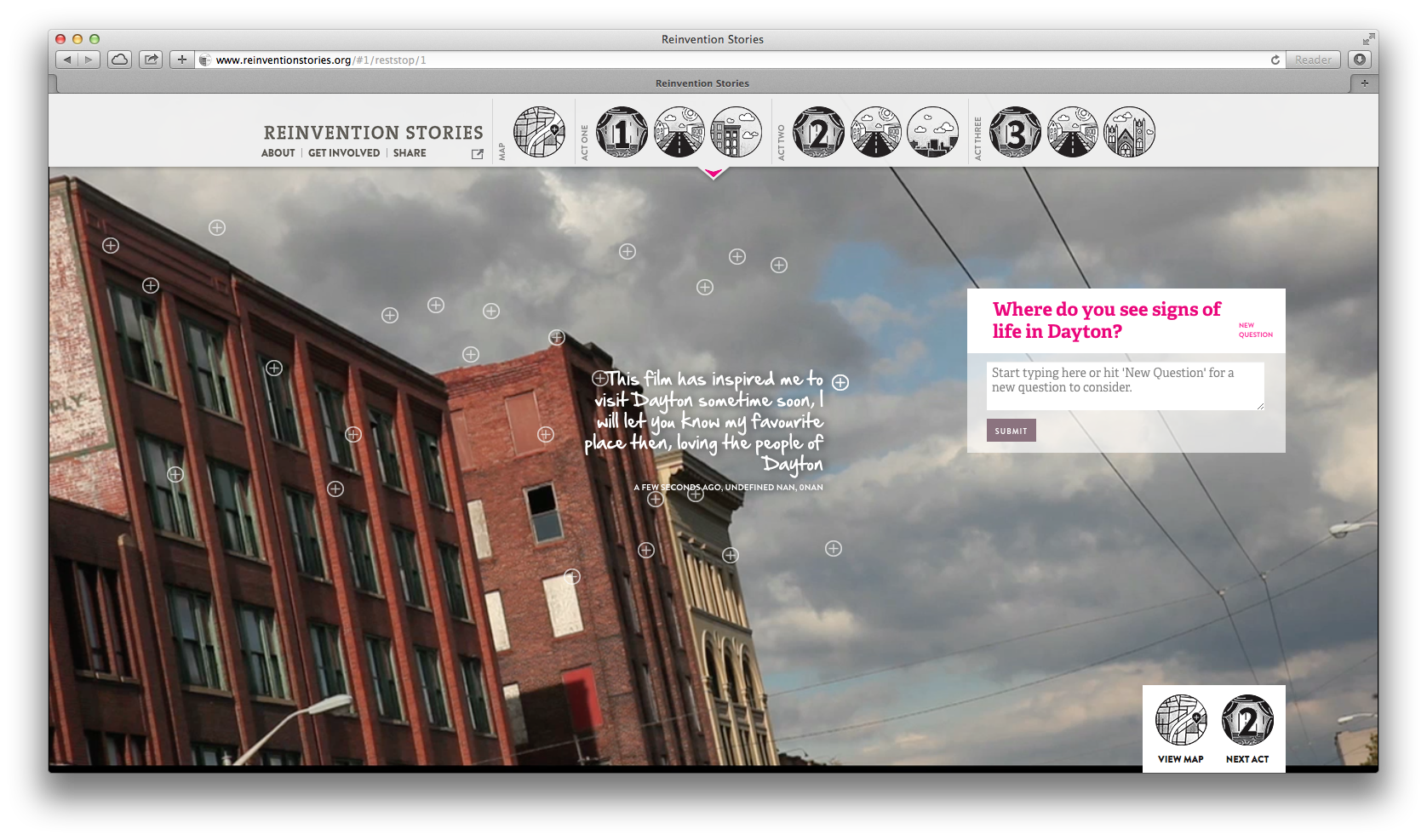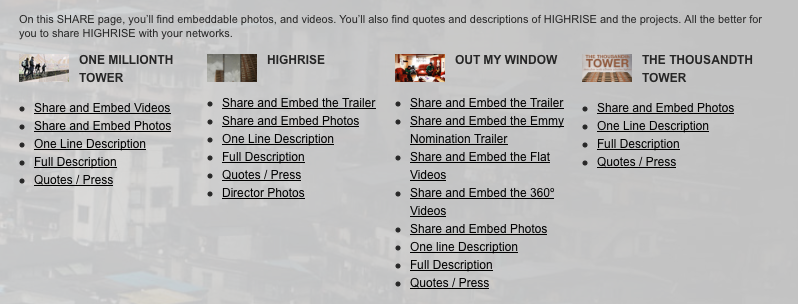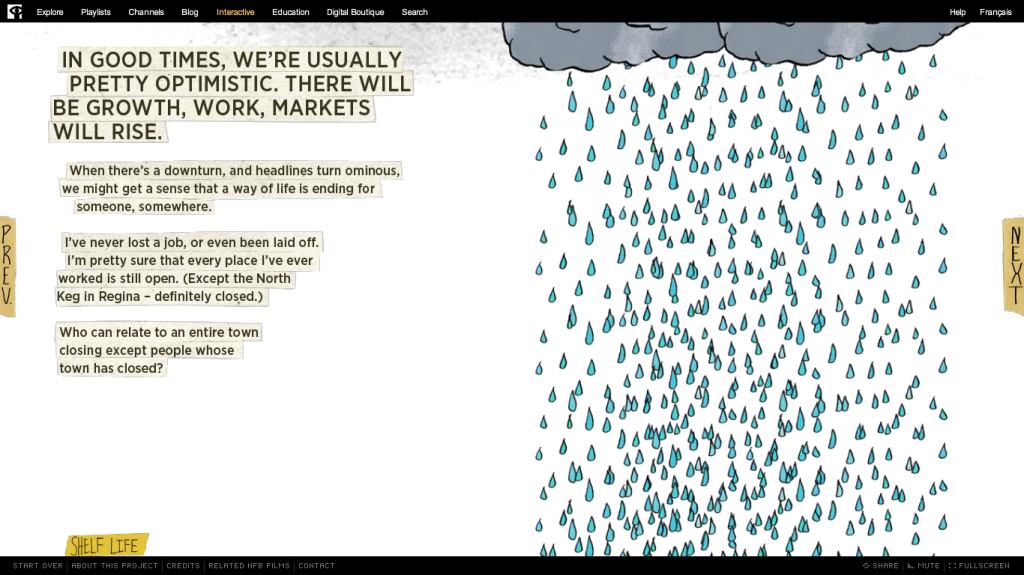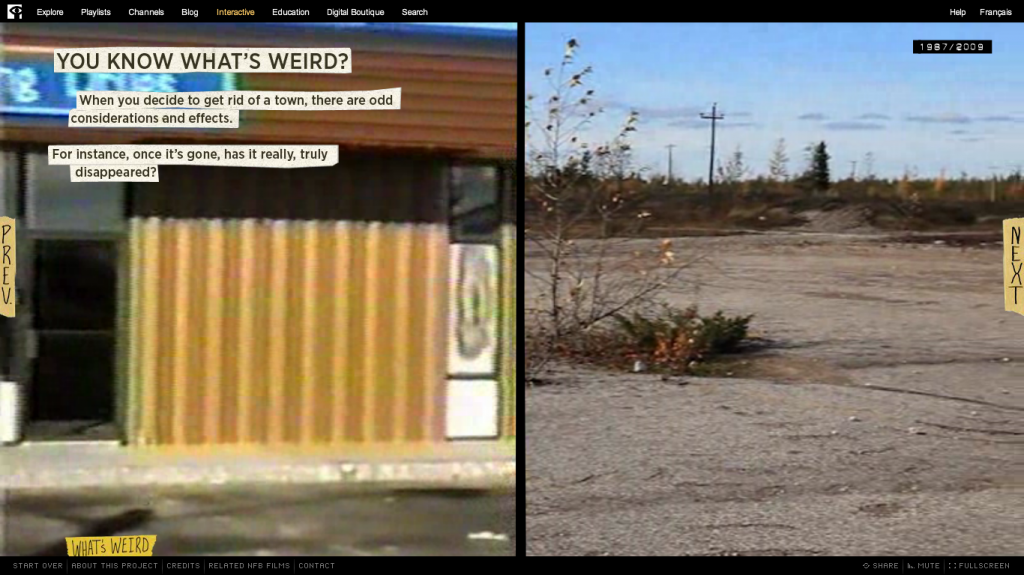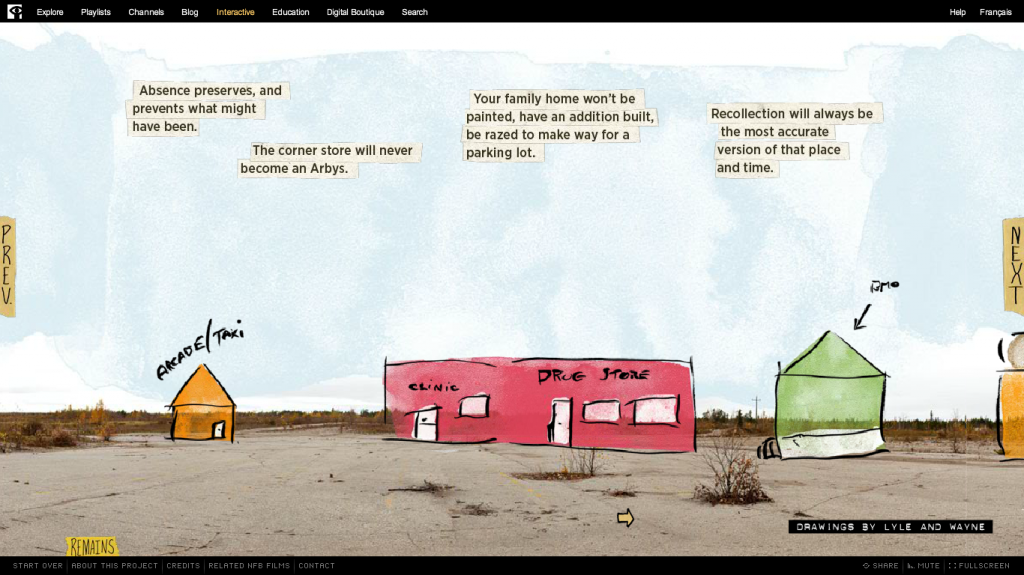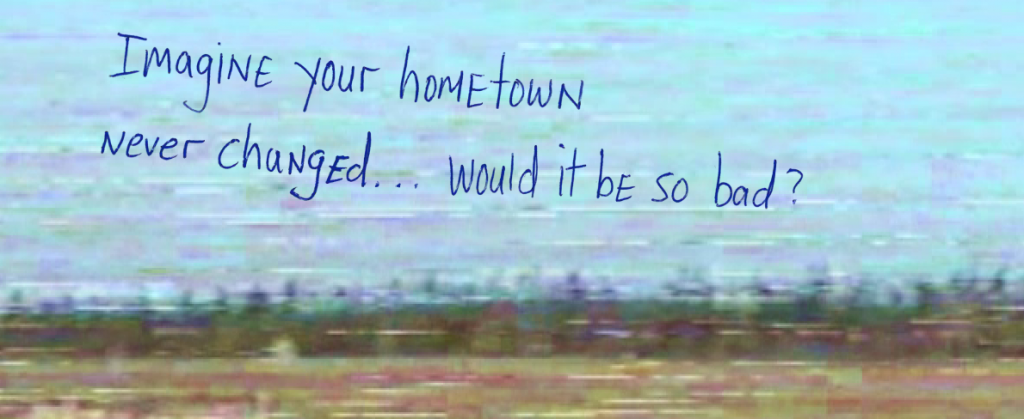With the help of Scott (Room 34), I’ve decided to tentatively call the farm “rooms” Roominations. The name came about when I was recounting to Scott one of my favorite quotations by Judith Butler and how it fits with one goal for the rooms:
But here I would ask for your patience since it turns out that critique is a practice that requires a certain amount of patience in the same way that reading, according to Nietzsche, required that we act a bit more like cows than humans and learn the art of slow rumination (307).
Yes! Being at the farm, where time was much slower (my best friend Jenny named it, “the place where time stands still”), encouraged me to be patient and inspired me to want to stop and think about…everything. I deeply miss that space; I haven’t been able to find any other location that encourages as much reflection as the farm did. The farm rooms/roominations are my attempt to (re)create spaces that encourage this deep and slow thinking.

Even though it might be a little cheesy, I like calling these rooms “roominations.” Unlike the term rumination, which focuses on the act of ruminating, roomination also focuses on where that act take place (it’s not just an act; it’s a process located in a specific place). I also like calling these roominations because the farm was, for many years, a dairy farm. My dad has fond memories of milking and bonding with the cows. It seems fitting to reference that past.
